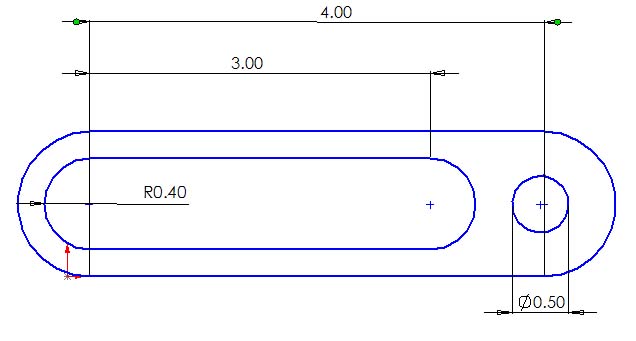Slot Dimensioning
Slot Antenna basics Impedance of Slot Antenna

This page covers basics of slot antenna. It mentions features of slot antenna. The equation for impedance of slot antenna is also mentioned.
Dimensioning Slots. Dimensioning Consideration. Threads and threaded fasteners. Dimension line g 2.510 2.490 1 Dimension Limits of size Extension. Casino slot machines are gambling machines where a game of slots is played by inserting coins and pulling a handle to randomize an alignment of symbols. Slot machines are popular gaming machines on casino floor and can range from the traditional reels to computerized slots and video machines. Slot machines range in dimensions but are traditionally around 30” (76 cm) deep and 74” (188 cm.
Definition: The antenna which is formed by constructing slot in metallic surface is known as slot antenna.This antenna will have opening either in conducting sheet of metal or in the walls of waveguide.This type of antenna is excited either by coaxial cable or by waveguide with suitable coupling.
Key features of slot antenna
The figure-1 depicts slot antenna of rectangular type.This slot antenna type will have slot of length equal to λ/2 and will have width much less than λ/2.As shown, the excitation is done from distance of 0.05λ from one end of slot using coaxial cable.
Following are the key features of slot antenna:
• The slot can be circular, rectangular or of anyother shape and size.
• As slots are omni-directional, it will radiate from both sides.
• Array of slots are used to have higher gain and higher directivity.
• Electric field in the slot is like sinusoidal waveform.
Slot Antenna Impedance Equation
Following is the slot antenna impedance equation:
Zs = [ ηo2 / (4* Zd) ]
ηo = 120*π Ohm
Zd = Impedance of complementary dipole = Rd + j*Xd
Where, Rd = Real Part and Xd = Reactive Part
Antenna related links
Antenna Tutorial.
Table of Antenna types and gain equations.
Manufacturers of RF antenna
Set Top Box manufacturers
Set Top Box basics
TV Antenna Booster
Satellite Dish Antenna
Mobile Antenna
Antenna Installation
Slot Hole Dimensioning
Antenna Calculators
Antenna Gain calculator
Antenna G/T Ratio calculator
Parabolic Dish Antenna
Antenna Near Field
Horn Antenna
RF and Wireless Terminologies

Share this page

Translate this page
If you are designing a ramp for a dog to get onto and off from the couch or a bed, you may use plastic sections with slots to snap the sections together.
A slot in a plastic molded part may have draft. This complicates how it should be dimensioned. Below is a best practice for how to dimension slots with draft.
The figure below shows our slot. Not only does it have draft, but it also has fillets and rounds.
We start with the goal of locating the the slot with a tolerance of position. Recall that a tolerance of position must be applied to a feature of size. That's easy if the slot has no draft. But our slot has draft. So we cannot define the entire slot as a feature of size. We need to pick a specific place in our slot to define as our feature of size. The top and bottom of the slot are not good places to define a feature of size because the top and bottom have corners that may or may not be sharp. This is why we go down a basic distance, a basic 10 in this case, from the top of the slot. This is where we will define our feature of size. Our size dimension says that at exactly 10 down from datum [A], the size must be 20 +/- 0.2.
Having established a feature of size, we can locate our feature of size with a tolerance of position. Our tolerance of position says that the center of our feature of size must fall within a 0.5 wide tolerance zone while holding the part on datum feature [A], and pushing it against datum features [B] and [C]. The slot is oriented to datums [A] and [B] and located to datum [C].
Everything we have looked at so far is specifically 10 mm away from datum [A]. Now we need to define the rest of the walls. We use a profile of a surface with a 0.1 wide tolerance zone. The profile of a surface does not locate the walls. They are located by the tolerance of position and the size tolerance. The profile of a surface controls the orientation and form. The profile tolerance zone will float within the size tolerance zone, and the profile tolerance zone will be exactly 99.5 degrees to datum [A] and exactly perpendicular to datum [B].
Finally we control the location, orientation, and form of the bottom of the slot with a profile of a surface that has a 0.5 wide tolerance zone. The tolerance zone is located and oriented to datum [A].

Asme Slot Dimensioning
The profile tolerance zones can float within the size tolerance zones. Each profile tolerance zone is independent of the other one. Each profile tolerance zone is two parallel planes 0.1 apart, exactly 99.5 degrees from [A] and exactly perpendicular to [B].